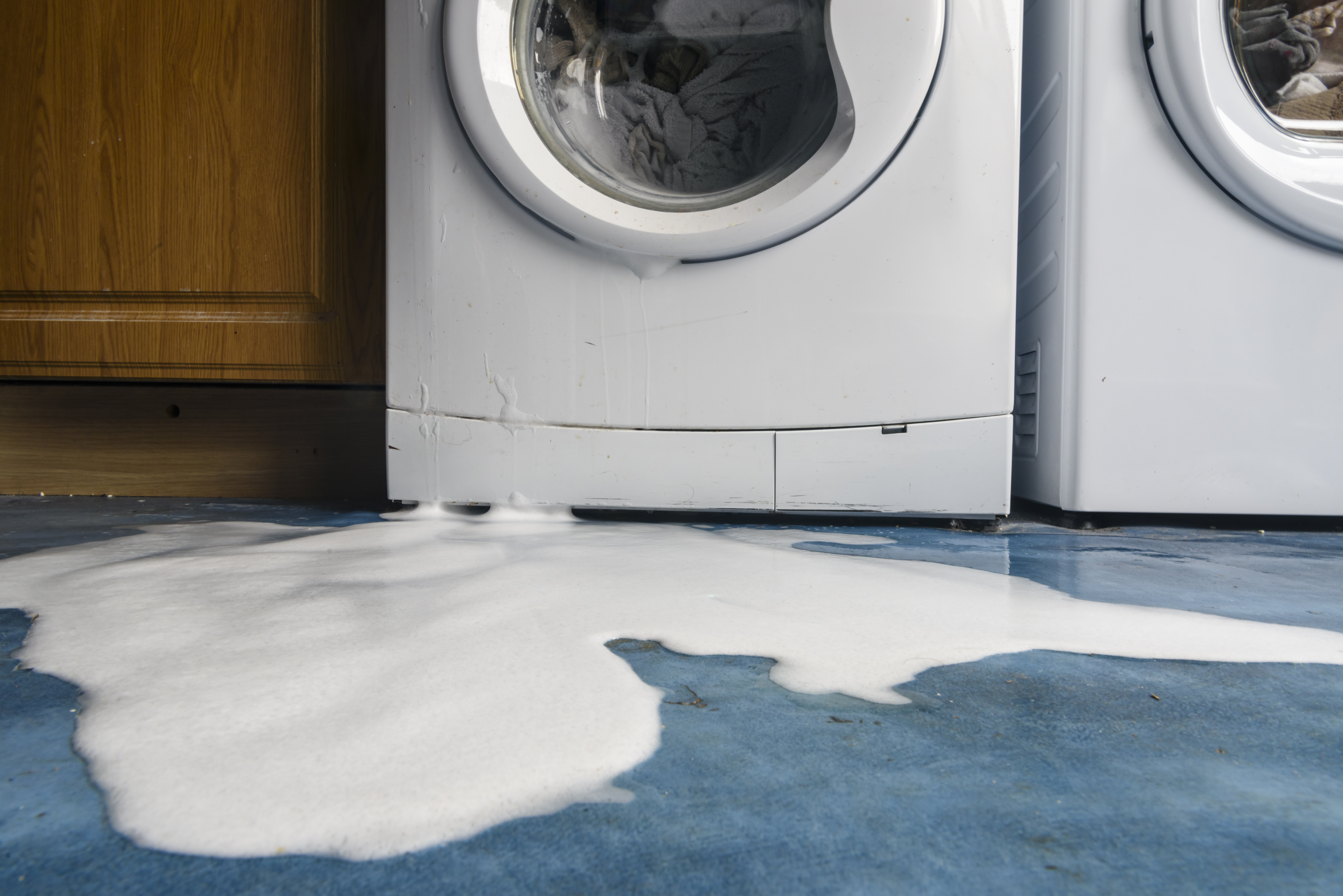

How to Build an Emergency Fund and Why It’s So Important
Life has a way of throwing us curveballs, whether it’s an unexpected medical bill, a car repair, or even a sudden job loss. These kinds of financial surprises can be stressful, especially if you don’t have a plan in place. That’s where an emergency fund comes in. Think of it as your personal financial safety net, ready to catch you when life takes an unexpected turn.
What Is an Emergency Fund?
An emergency fund is money set aside specifically to cover unplanned expenses. It’s not meant for vacations, shopping, or planned purchases. It’s reserved for true emergencies. Ideally, this fund is kept in a separate savings account so it’s easily accessible but not mixed in with your everyday spending money.
Financial experts typically recommend saving three to six months’ worth of essential expenses. That might sound like a lot, but don’t let that number overwhelm you. The most important part is simply getting started, and consistently adding to it over time. Even a small balance can make a big difference when an unexpected expense pops up.
Why Having an Emergency Fund Matters
Having an emergency fund isn’t just about having extra cash on hand. It’s about peace of mind. Here are a few key reasons why it’s so important:
- Reduces financial stress. Knowing you have a safety net can help you stay calm and focused when something unexpected happens. Instead of panicking, you can focus on finding solutions.
- Helps you avoid debt. Without an emergency fund, you might have to turn to credit cards or loans to handle surprise expenses. This can quickly lead to high-interest debt that’s tough to pay off.
- Provides financial stability. If you experience a loss of income or a major life change, your emergency fund can give you breathing room to make thoughtful decisions instead of rushing into the first option available.
Simply put, an emergency fund protects both your finances and your peace of mind.
How to Start Your Emergency Fund at Red Canoe
Starting your emergency fund can be simple, and Red Canoe makes it easy. One of the best ways to build your fund is by opening a Sub-Savings Account dedicated solely to emergencies. By keeping this money separate from your main Savings or Checking Accounts, you’ll be less tempted to dip into it for non-emergencies.
Bonus tip: Set up a recurring transfer from your Checking Account to your "Emergency Fund" Savings Account every payday. Even if it’s just $10 or $20 each paycheck, those small contributions add up fast. Because it’s automatic, you won’t have to remember to do it or feel tempted to skip it.
If you come into any extra money, like a tax refund, bonus, or cash gift, consider adding a portion of it to your emergency fund as well. Every deposit brings you one step closer to having a solid financial cushion. Over time, you’ll be amazed at how quickly your fund grows.
Start Building Your Safety Net Today
You can’t predict when an emergency will happen, but you can prepare for it. By building an emergency fund, you’re protecting yourself from financial stress, avoiding unnecessary debt, and setting yourself up for long-term financial stability. Start your journey toward peace of mind, one deposit at a time. Your future self will thank you.



